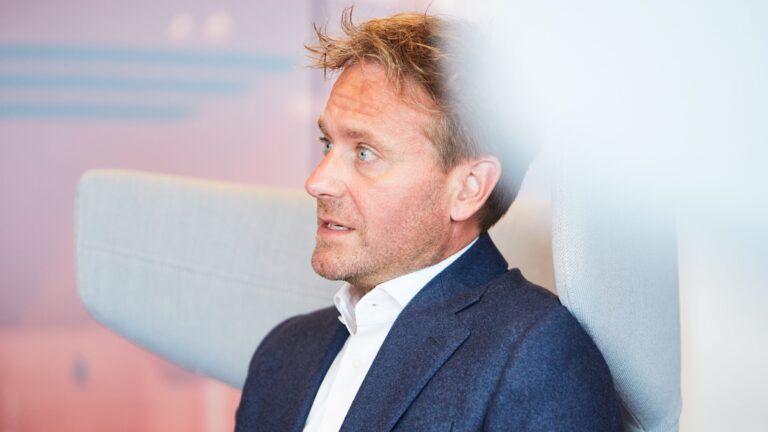
Tamme Mekkes, Business Development Director at Koole Terminals, will be at StocExpo’s FETSA conference explaining Koole Terminals’ approach to CCS logistics infrastructure. Here’s a little taster…
“Carbon dioxide emissions aren’t going anywhere fast. While we are moving away from fossil fuels, carbon emissions are core to a number of foundational industries that we all rely on.
“The production of concrete, for example, intrinsically involves the emission of carbon dioxide, so even after the whole world has transitioned to renewable energy sources, there will always be a need to capture carbon dioxide emissions. Once captured, this carbon dioxide must be transported, stored, transported again, and sequestered.
“Like LNG, carbon dioxide is a gas in normal conditions. It therefore requires cooling and pressurising for storage and transportation.
“While industrial gas suppliers are well versed in carbon dioxide storage and transportation, it’s quite small in scale. In the US and the Middle East, carbon storage for the purposes of extracting oil is larger in size, but the infrastructure we’re going to need for the permanent sequestration of carbon dioxide has no precedent. That means new infrastructure.
Investment in infrastructure
“As such, Koole Terminals is investigating large-scale CO2 storage infrastructure in Germany, the Netherlands, and in Norway. This infrastructure is specifically designed to enable the transport of CO2 from inland emitters to a permanent sink in the North Sea, off the coast of Scotland and Norway.
“At the FETSA Conference at StocExpo, I’ll be doing a deep dive into what’s unique about the infrastructure, what we have learned so far, why we have chosen the locations we are building in, and what benefits this trans-European footprint brings to the logistics of Carbon Capture and Storage.”
